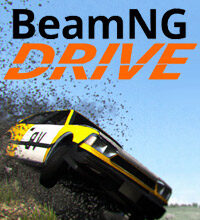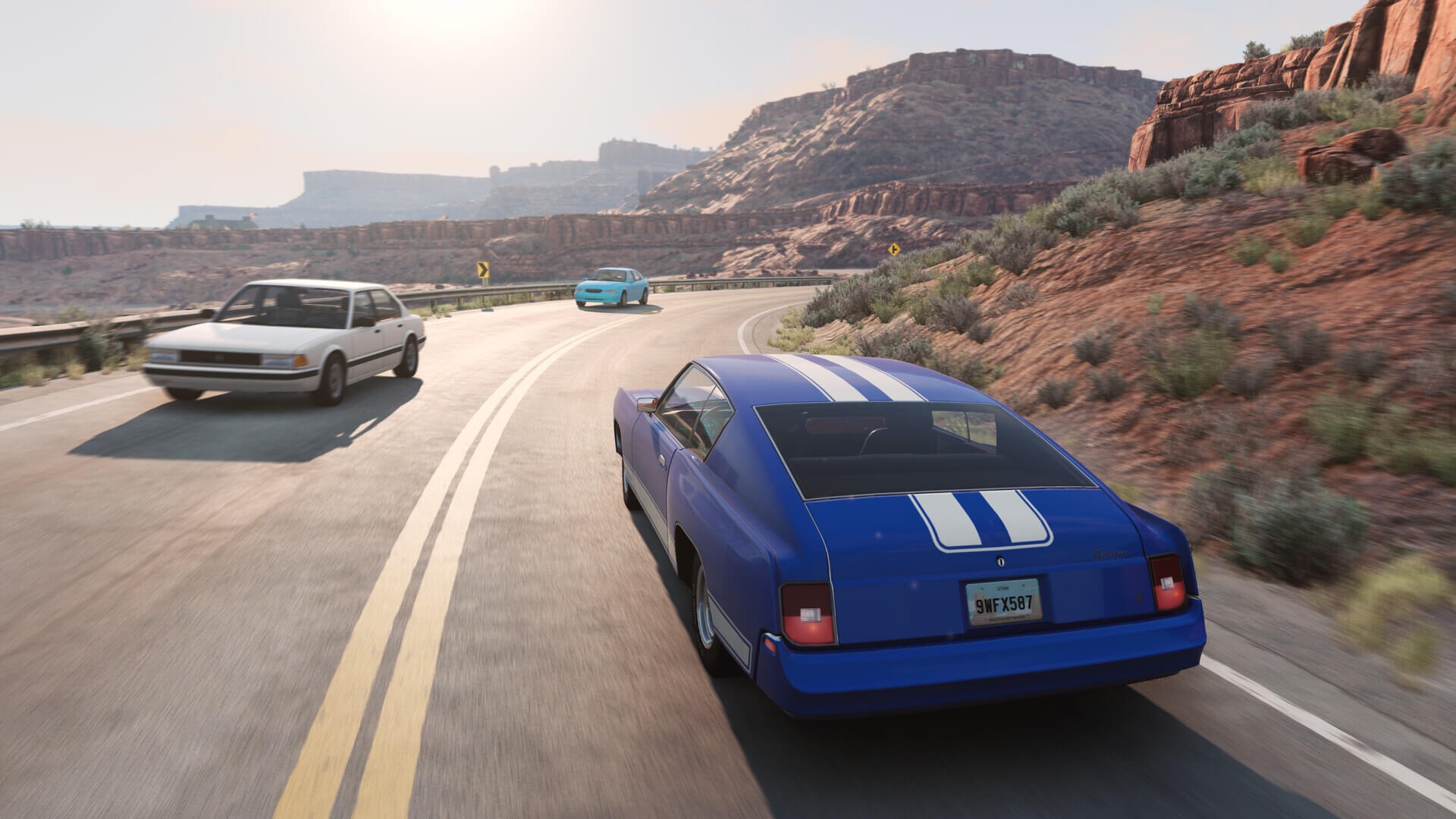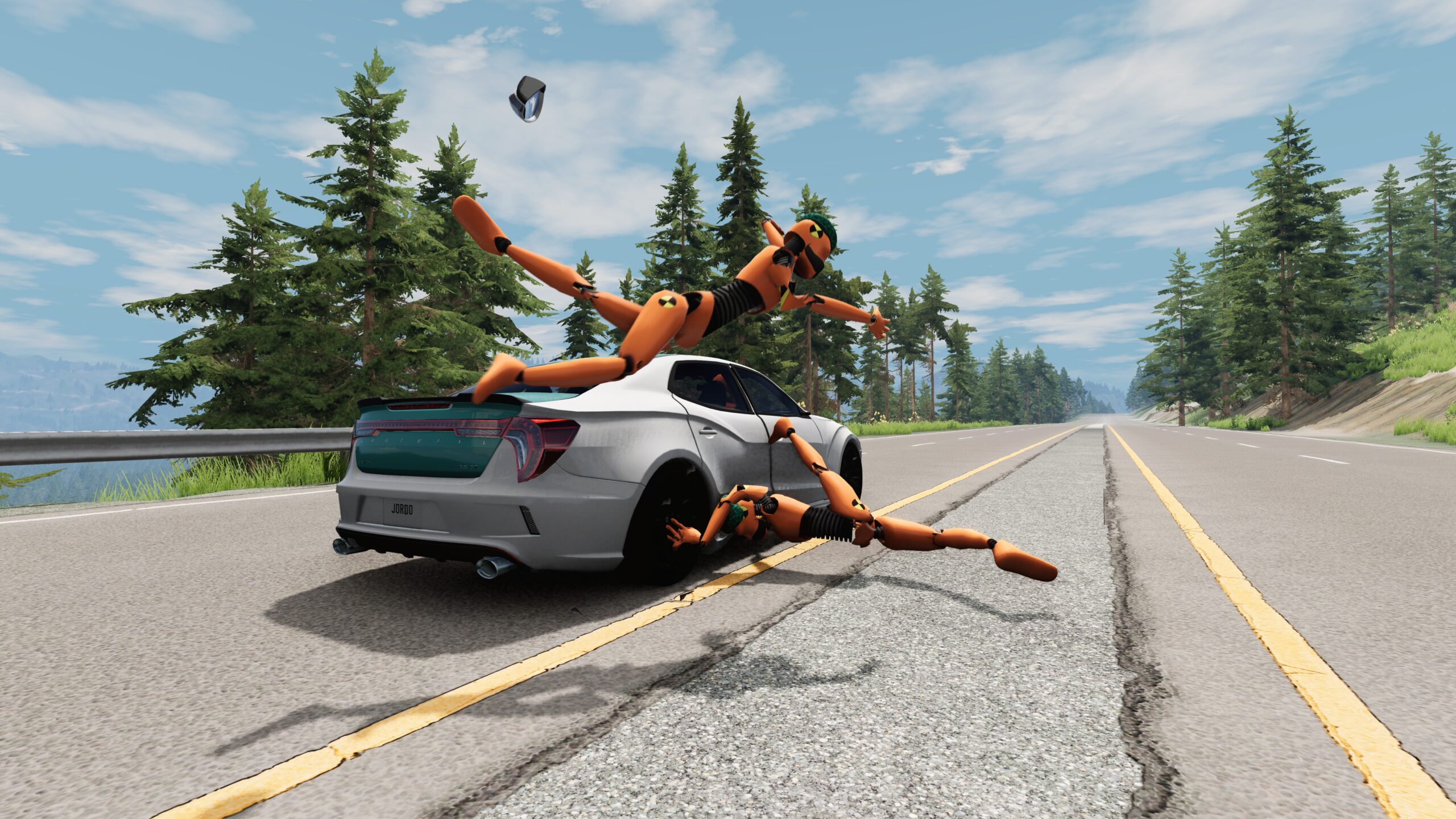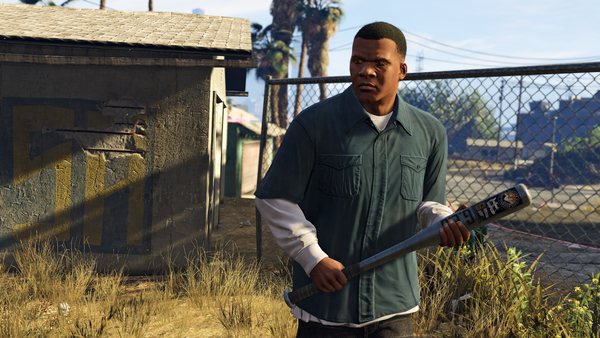
BeamNG.drive
All trademarks belong to their respective owners.The Science of Destruction: Understanding BeamNG.drive’s Soft-Body Physics
The core of BeamNG.drive’s incredible realism is its unique soft-body physics engine. This isn’t like other games where damage is pre-scripted or simplified. Here’s how it works:

Vehicles as Node-Beam Structures:
- Imagine every car in BeamNG.drive is built from a complex internal skeleton made of thousands of nodes (points in space) connected by beams (elastic connections).
- These beams act like springs, dampers, and breaking points, mimicking real-world materials (steel, aluminum, glass).

Real-Time Deformation:
- When your vehicle hits something, the physics engine calculates how these nodes and beams react instantly.
- If a beam’s strength is exceeded, it will bend, stretch, or even snap.
- This causes the vehicle’s body to crumple, deform, and break apart in a realistic, localized way. A fender bender will look different from a head-on collision because the forces are calculated specifically for that impact.
Functional Damage:
- Damage isn’t just visual; it’s functional. If your suspension bends, your steering will be affected. A flat tire will make the car veer. A damaged engine might smoke or stop working.
- This means every impact has real consequences for how your vehicle drives.
Progressive Destruction:
- Damage builds up over time. A small hit might cause a dent, but repeated stress on that area will lead to more severe deformation and eventual breakage.
Why it Matters:
- This deep simulation makes driving feel incredibly realistic and crashes incredibly satisfying to watch.
- It turns the game into a crash test simulator, allowing you to experiment with destruction in unparalleled detail.
BeamNG.drive’s soft-body physics sets it apart, offering a truly dynamic and authentic vehicle destruction experience that continually surprises and engages players.







